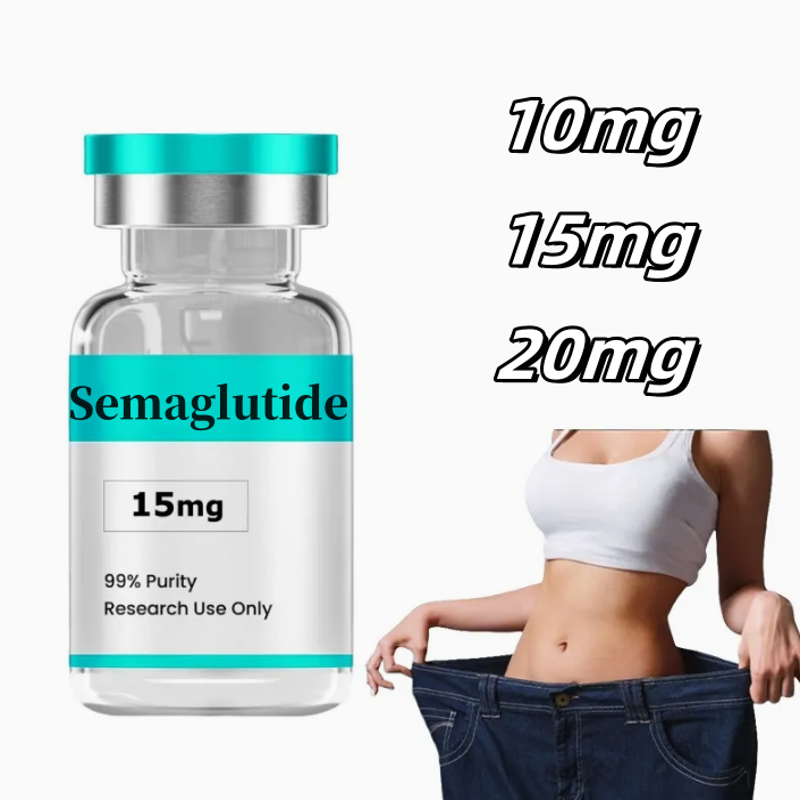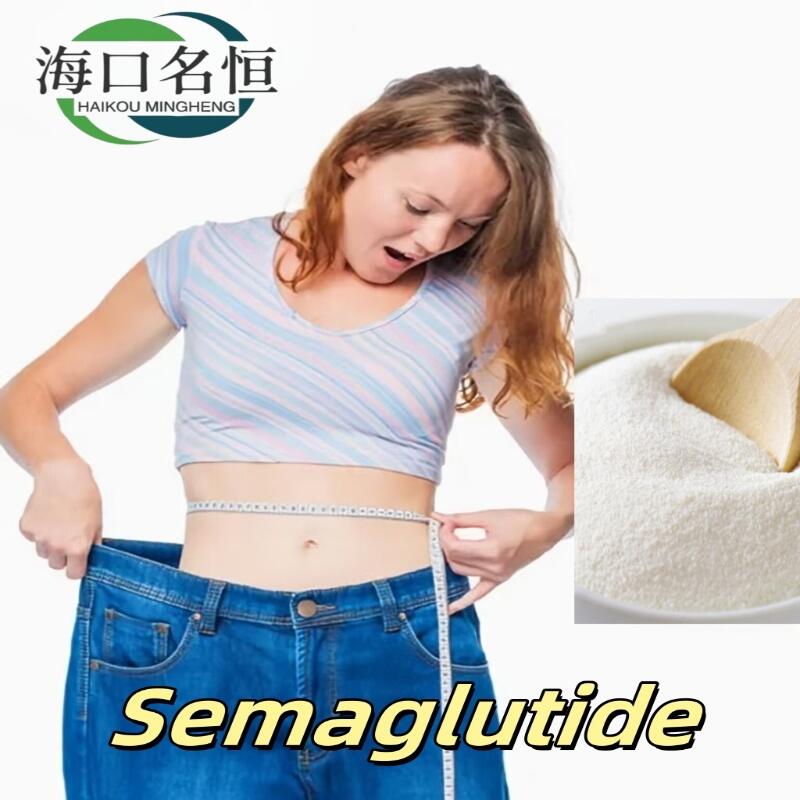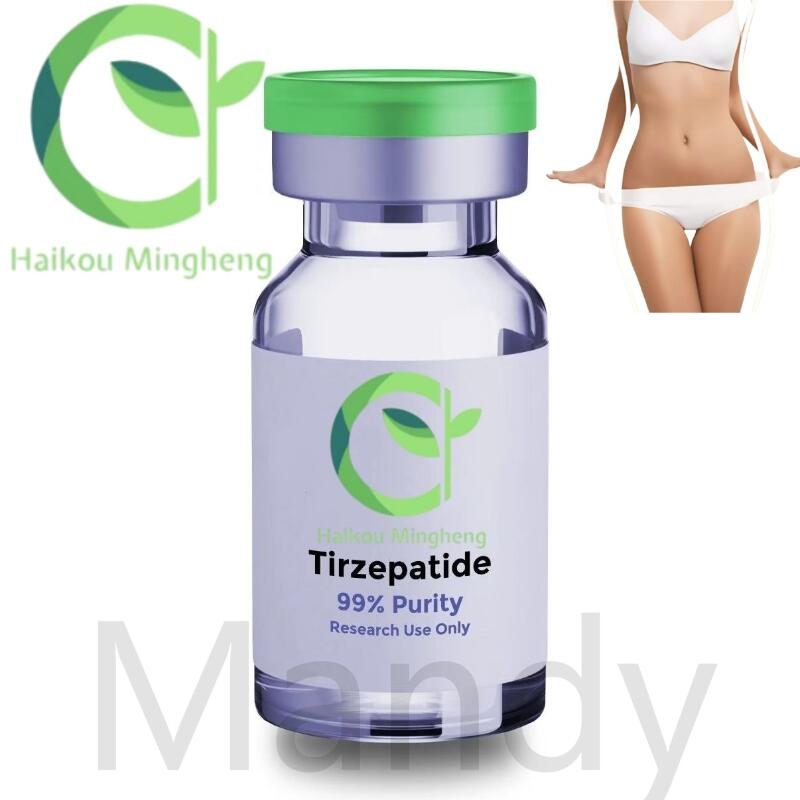-
Categories
-
Pharmaceutical Intermediates
-
Active Pharmaceutical Ingredients
-
Food Additives
- Industrial Coatings
- Agrochemicals
- Dyes and Pigments
- Surfactant
- Flavors and Fragrances
- Chemical Reagents
- Catalyst and Auxiliary
- Natural Products
- Inorganic Chemistry
-
Organic Chemistry
-
Biochemical Engineering
- Analytical Chemistry
-
Cosmetic Ingredient
- Water Treatment Chemical
-
Pharmaceutical Intermediates
Promotion
ECHEMI Mall
Wholesale
Weekly Price
Exhibition
News
-
Trade Service
Fertirelin acetate is a synthetic hormone used in the pharmaceutical industry to treat various conditions related to infertility.
The synthetic route to fertirelin acetate can be achieved through several methods, and the choice of method depends on various factors such as the availability of starting materials, the desired yield, and the purity of the final product.
One of the most common methods of synthesizing fertirelin acetate involves the use of a two-step reaction sequence.
The first step involves the synthesis of the natural hormone precursor, pregna-1,4-diene-3,20-dione, also known as PGD2.
This precursor is derived from the natural hormone, progesterone, which is obtained from the ovaries of cows or other mammals.
To synthesize PGD2, the natural hormone precursor progesterone is first converted into 17-hydroxyprogesterone using a hydroxylation reaction.
This reaction is typically carried out using a strong oxidizing agent such as potassium permanganate or osmium tetroxide in the presence of a solvent such as acetonitrile or methanol.
The resulting 17-hydroxyprogesterone is then reduced to PGD2 using a reduction reaction, typically carried out using a reducing agent such as lithium aluminum hydride in the presence of an polar solvent such as ether or THF.
The next step in the synthesis of fertirelin acetate involves the conversion of PGD2 into the desired hormone acetate.
This conversion is typically achieved using a chemical reaction called an esterification reaction.
In this reaction, PGD2 is treated with an acid such as acetic anhydride in the presence of a solvent such as dichloromethane.
The resulting reaction product is then purified using chromatography techniques to isolate the desired fertirelin acetate.
Another method for the synthesis of fertirelin acetate involves the use of a three-step reaction sequence.
In this method, the natural hormone precursor PGD2 is first converted into the desired hormone acetate through an esterification reaction, similar to the method described above.
The resulting PGD2-acetate is then reduced using a reduction reaction to form the desired hormone, and the reduced hormone is then further elaborated into the final product, fertirelin acetate.
The choice of synthetic route depends on various factors such as the availability of starting materials, the desired yield, and the purity of the final product.
The synthetic routes described above are just two examples of the many methods that can be used to synthesize fertirelin acetate.
The use of synthetic routes such as these has enabled the commercial production of this important pharmaceutical product, and it continues to play a vital role in the treatment of infertility in both men and women.







